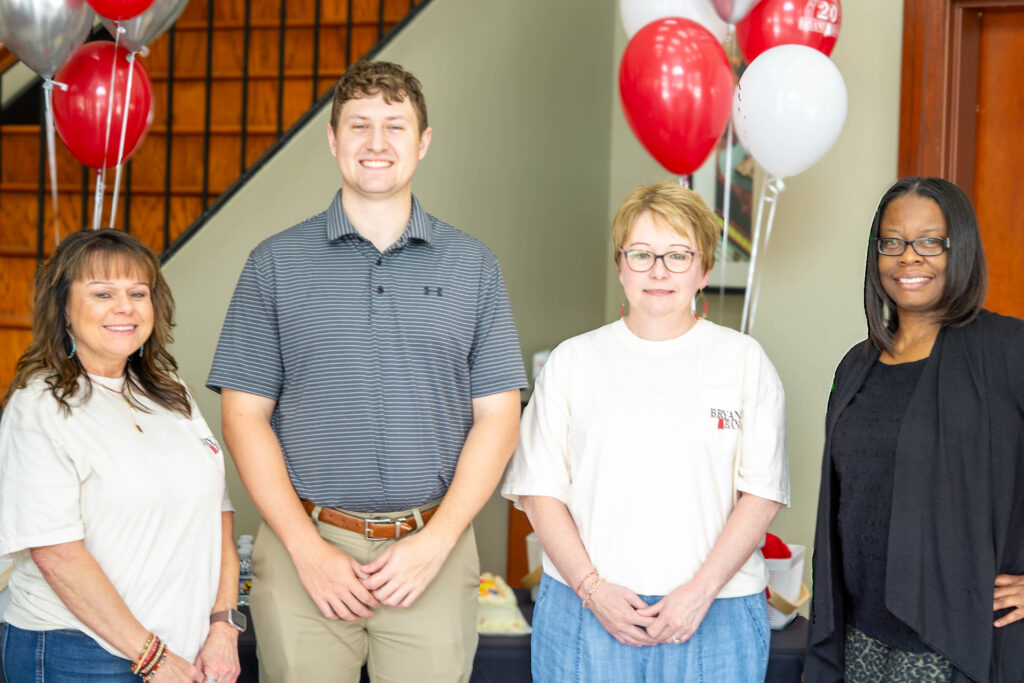Why mushroom hunting is about to be your new favorite outdoor activity
Reading time: 5 minutes

Mushrooms are, surprisingly, all around us. Growing on fallen trees, in patches of damp grass, and in some of the most inexplicable places. Walking around the forest and looking for mushrooms—whether to observe or to eat—is a hobby many enjoy, primarily the group Alabama Mushroom Society. Keep reading to learn more about wild mushrooms in Alabama and how you can go mushroom hunting yourself.
Alabama Mushroom Society

The Alabama Mushroom Society is a group devoted to all kinds of mushroom education. From their website, which is a wealth of resource, to their Facebook group, which is great for quick conversation and discussion–if you want to know something about mushrooms in Alabama, the Alabama Mushroom Society is your number one place to get some info.
Along with being a wealth of information, the Alabama Mushroom Society has been working with Auburn University since April to help with the Fungal Diversity Survey (FunDiS) project, which is sequencing DNA from mushrooms to help identify new species in Alabama.

We sat down with their North-Central President, Alisha Millican, to talk all-things-mushroom hunting.
How long have you been mushroom hunting or involved in the Alabama Mushroom Society?
Alisha: I’ve been foraging for plants most of my life, but I only seriously got into mushrooms in the past 5 years or so. Before that, I had a couple common and easy-to-identify mushrooms I’d cook up, but I got serious about it in the past 5 years or so.
What kind of work does the Alabama Mushroom Society do?
Alisha: We are currently working with Auburn University to voucher, sample and dry, mushrooms for the FunDIS project. We also hold once a month forays where we take people out to the forest just to see what they find, see if we can identify it. We hold those—we’re currently holding them in Cullman, Elmore, and Dekalb county 1x a month. Looking to start one in Mobile or Baldwin County. Free for paid members and $5 for nonmembers. We occasionally hold classes—microscope class to help identify, we do different special events like that—classes and things.
Find some fungi!

How do you go about identifying mushrooms? Are there any too dangerous to touch?
Alisha: First off you can touch even the most toxic mushrooms. Even the most toxic species you can put in your mouth and chew up, so long as you don’t swallow. I think people misunderstand mushrooms [in the U.S.]… Learn to take really great photos. Learn what photos are needed to identify a mushroom and get a second opinion, an opinion from somebody who knows what they’re doing. Don’t be afraid to pick it and really examine it and what you’re doing. A great field guide can be your best friend. But technology has opened great doors, I can post something online and get opinions from top mycologists all over the world. We could never do that before. It’s just so easy to get excellent opinions. Really double, triple, and quadruple check your mushroom IDs and don’t just take one person’s word for it.
What weather conditions are best for foraging?
Alisha: If it rained the week before or even a couple of days before, mushrooms love that moisture. We tend to see less mushrooms pop up if it’s been too dry in those midsummer droughts. Wetter, warmer weather causes our mushrooms to really pop.

Is there any kind of foraging etiquette future foragers should know about?
Alisha: Foraging etiquette is typically a term used by ecologically minded people who usually don’t know how mushrooms work, so they’re applying plant principles to another kingdom. So like if you find plants, you don’t want to deplete it by taking everything. Mushrooms aren’t like that. It’s more like an apple from a tree. What you’re seeing with mushrooms is the top of a large mycelial body that runs underground.
Is there anything advice you’d like to give new foragers?
Alisha: There’s a huge portion of mycology that is being performed by amateur mushroom hunters who are taking great photos and posting them online where mycologists can look and see what kind of stuff is being found, which can find new species of mushrooms all the time., Average Joes are driving the study of mycology forwards by finding these new species. Anybody can do it. Just learn how to take photos and post them in forums that matter. I really encourage people to do that and make their findings a contribution to science.
To go mushroom hunting, one really only needs their phone for pictures, a basket for gathering, some hiking boots, and a willingness to be in the forest. For more information on foraging or the Alabama Mushroom Society, check out their website or Facebook.
Good luck and happy foraging! Be sure to follow us @thebamabuzz for more like this.







